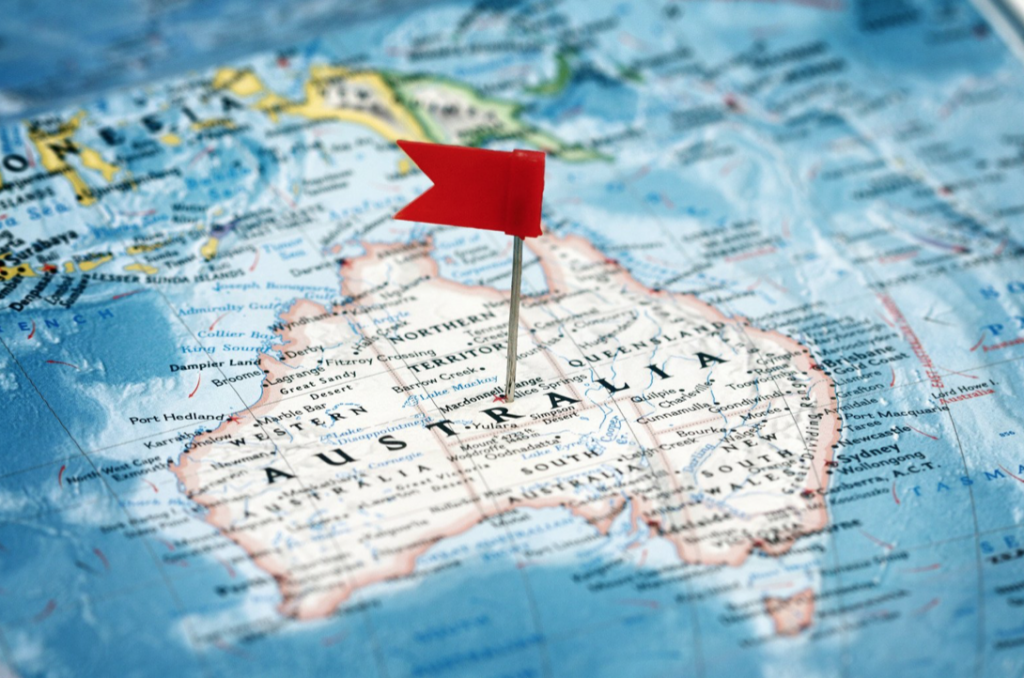John Spink, 2010
Product counterfeiting and intellectual property (IP) rights violations have been an ongoing challenge for enforcement and prevention in Australia. The relatively small scale of the Australian economy—with an annual gross domestic product of $800 billion, equivalent to that of Ohio—magnifies the challenge of gathering meaningful data given there are not as many reported incidents as there are in the U.S. economy. Studies conclude that Australian citizens are generally apathetic about counterfeit product, do not consider it a crime, or do not believe it to be a significant problem.
Nevertheless, there are several reports of counterfeit products in Australia.
• In 2007, Australian customs officials seized more than 1,500 shipments of counterfeit goods containing more than 600,000 individual items, including clothing, handbags, perfume, food products, batteries, and toiletries.
• The Australian Toy Association estimates most nontraditional shopping outlets and discount stores sell counterfeit toys.
• More than one‐fourth of Australian software is pirated, leading to estimated losses of US$428 million to manufacturers, and of corresponding tax revenues.
• Examples of other products reported to be counterfeited include auto parts, printer supplies, golf clubs and sporting equipment, wallets, stationary, tobacco, construction equipment, cosmetics, raw pharmaceutical ingredient, and electrical oods.
According to the Australian Institute of Criminology—
The negative impact of IP crime includes adverse effects on business, the national economy, and consumer health and safety….Based on the available evidence, the piracy and counterfeiting problem in Australia comprises two substantial elements: the cross‐border importation of counterfeit goods such as clothing, luxury goods and footwear; and the domestic manufacture of goods that infringe copyright such as films, music, games and software…[but] there is a lack of verifiable empirical evidence on the extent of the problem.
An Organisation for Economic Co‐operation and Development report found Australian counterfeiting to be expanding from luxury to consumer goods, increasing in volume and in such a way as to threaten public health and security, and growing in connection with other illegal activities (and beginning to show connections with organized crime). The controlled pricing due to the nationalized health care reduces, but does not eliminate, the profit that can be realized from counterfeit production of pharmaceutical products.
The large middle and upper classes of Australia will likely continue to offer tempting markets for regional counterfeiters. The numbers of seizures show leading sources of origin for counterfeit goods are China (26 percent), Malaysia, (20 percent), Thailand (15 percent), Indonesia (14 percent) and Hong Kong (8 percent).
Australia has some strong laws against counterfeiting, including the Trade Marks Act of 1995 and the Intellectual Property Laws Amendment Act of 1968, and has joined all major treaties on intellectual property. The Department of Industry, Tourism, and Resources supervises relevant laws, which are enforced by the Customs Service of the Australian Federal Police. Australia also supports the global Anti‐Counterfeiting Trade Agreement (ACTA), which has yet to be ratified. The ACTA would strengthen Australian penalties against counterfeiting.
Australian brand owners have had more control over distribution of their products since the Trade Mark Act of 2000 took effect. This Act brought Australian laws into line with those elsewhere, limiting original manufacturer’s control of distribution to the first sale of product (“first sale doctrine”). The lack of control beyond this point will dramatically increase the parallel import and diversion of products into the secondary market, which is the primary gateway for counterfeit products.
As with all regions of the world, the greatest challenge to combating counterfeit goods and products in Australia is documenting the problem. Even data on Australian seizures is difficult to find, given that international organizations usually group it with that for other nations in the Pacific or in Southeast Asia. The Commonwealth Director of Public Prosecutions does indicate there have been 68 convictions for copyright piracy and 46 for trade mark violations, both representing conviction rates of about 80 percent. Further research on the extent of counterfeiting, its variation across products and locations, and its primary victims and offenders would help determine what areas may emerge in counterfeiting and what resources might be needed to combat emerging and existing trends.
2010 Copyright Michigan State University Board of Trustees.
